Ancillary equipment
In the equipment of a hot rolling mill, the roller table is a crucial component, playing a vital role in supporting and conveying metal billets. Here is a detailed introduction to the roller table:
1. Structure and Types:
Transfer Roller Table: Located at the entry end of the hot rolling mill, the transfer roller table is responsible for conveying metal billets from the entry area to the working zone of the mill. These roller tables are typically made of high-temperature-resistant alloys to withstand the conditions of high-temperature operations.
Support Roller Table: Distributed in the working area of the rolling mill, the support roller table is primarily used to support and guide metal billets during the deformation process in the rolling mill. The structural design of these roller tables aims to provide sufficient support, ensuring that the metal billets can maintain the desired shape.
Discharge Roller Table: Positioned at the exit end of the rolling mill, the discharge roller table is used to convey already rolled metal products to subsequent processing stages or equipment. These roller tables need to have stable conveying capabilities to ensure the effective output of finished products.
2. Adjustment and Alignment of Roller Tables:
Adjustment Mechanism: To accommodate metal billets of different specifications and shapes, roller tables are typically equipped with adjustment mechanisms that enable horizontal and vertical adjustments. This ensures precise deformation and size control during the rolling process.
Alignment Device: Alignment devices are employed to adjust the position of the roller table, ensuring the correct conveyance of metal billets on the centerline of the rolling mill. Alignment is a crucial aspect of maintaining product shape and quality in the hot rolling process.
3. Materials and Durability:
High-Temperature Resistant Materials: Due to the high temperatures generated during the hot rolling process, roller tables are usually constructed using high-temperature alloys or other materials that can withstand elevated temperatures, ensuring stability and durability.
Surface Coatings: Some roller tables may feature special surface coatings, such as ceramic coatings, to enhance surface hardness, reduce friction, and extend the overall lifespan.
4. Lubrication Systems:
Lubrication Devices: To ensure the smooth operation of roller tables and minimize frictional losses, lubrication systems are commonly integrated. These systems may utilize grease lubrication or other high-temperature lubricants to adapt to the high-temperature environment.
5. Safety and Maintenance:
Safety Features: Roller table designs incorporate safety features, including components with safety guards, to prevent personnel from entering hazardous areas.
Regular Maintenance: Regular maintenance, including cleaning, lubrication, and inspection of components for wear and tear, is essential to ensure the efficient operation of roller tables.
the roller table is an indispensable component in a hot rolling mill, playing a crucial role in the rolling of metal billets, achieving deformation, and ensuring product quality.
Categories
Latest News
Contact Us
Contact: Ed Lee
Phone: +86 13613237999
Tel: +86 13613237999
Email: lihaoye@chinarunhao.com
Add: Runhao steel rolling machinery, dalinggongzhuang village, Fengrun District, Tangshan City, Hebei Province
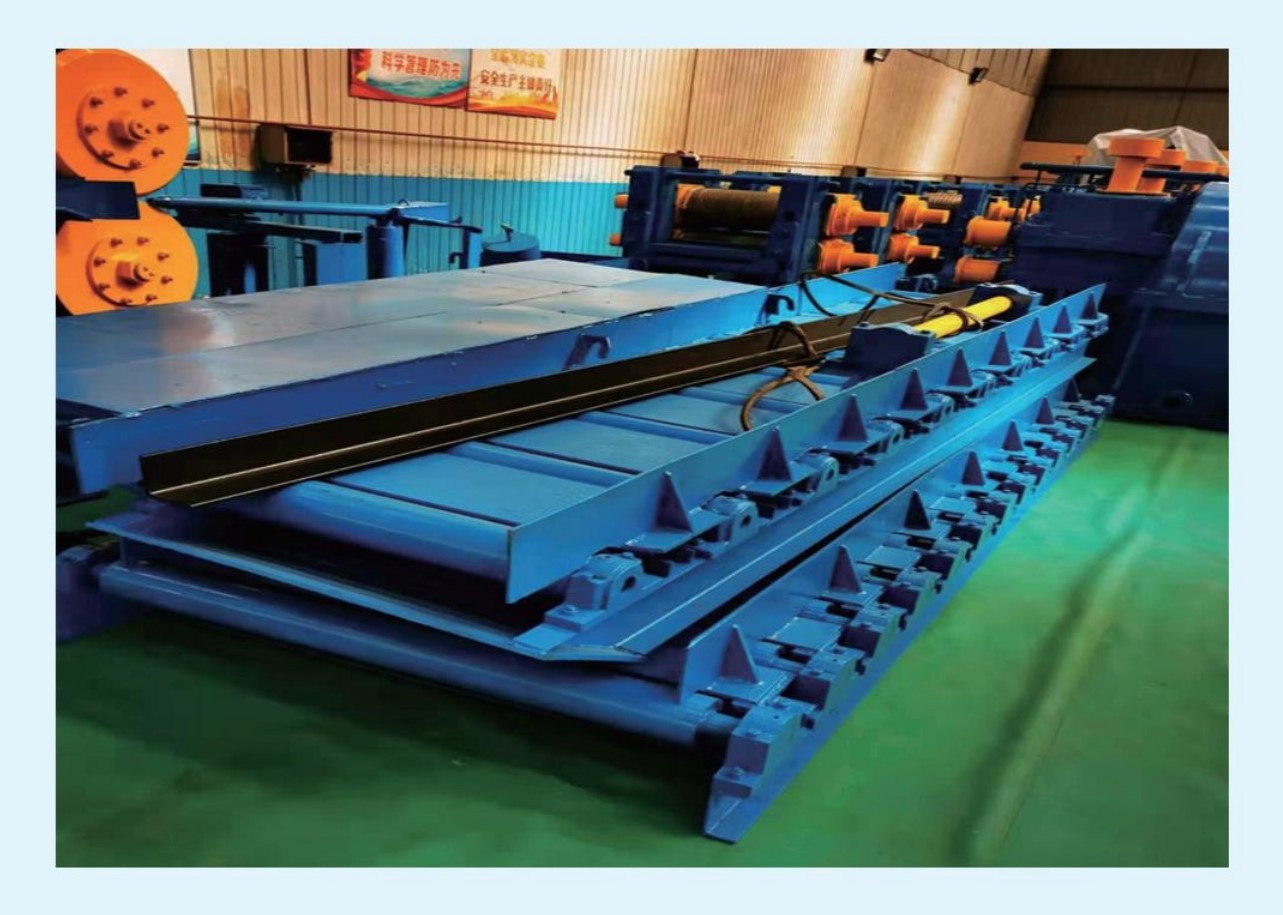
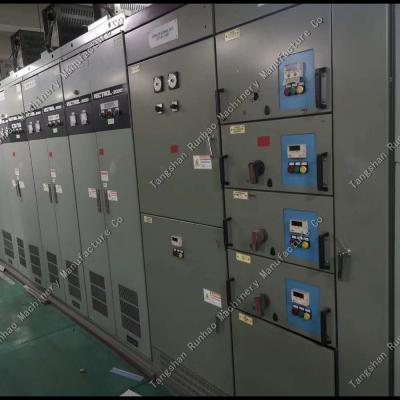
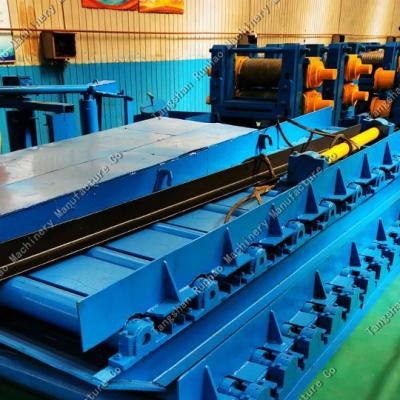
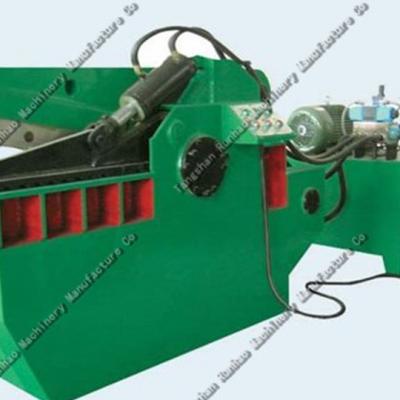
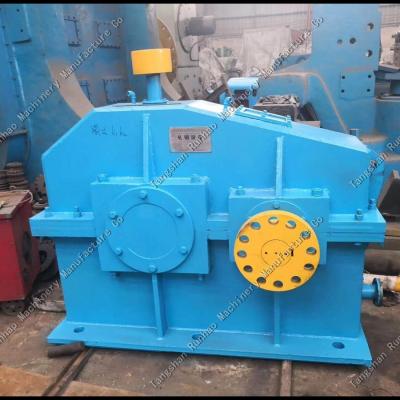
 Ed Lee
Ed Lee